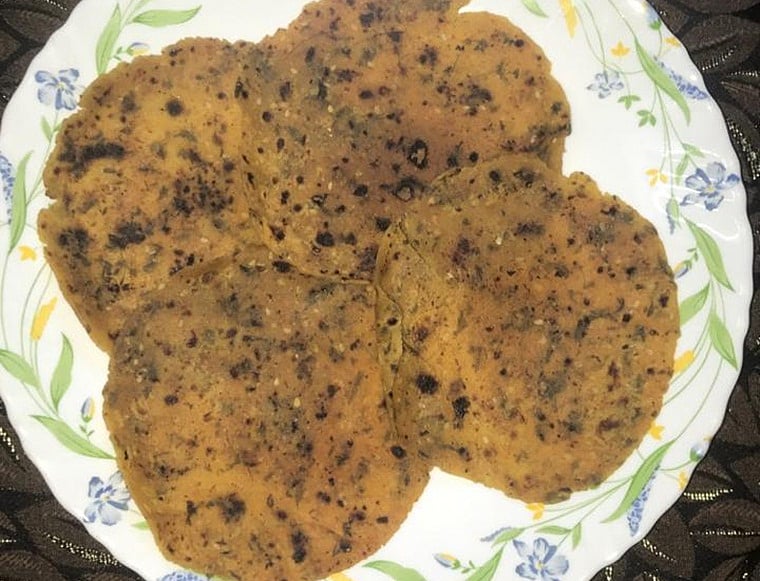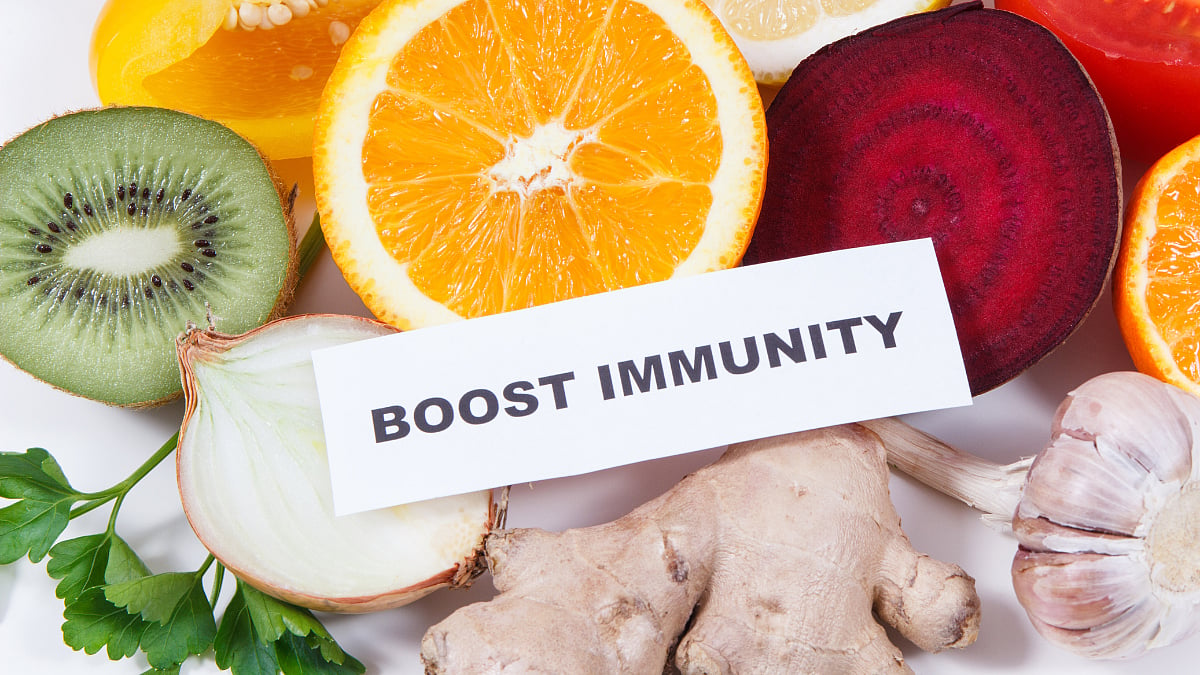Are you of the opinion that healthy food is expensive and can burn a hole in your pocket? Well, yes it could be true if you in your honest attempt to eat healthy are looking for foods that are ‘exotic’ and ‘imported’. The truth, however, is, eating healthy doesn’t have to be an expensive affair. Some of the most nutritious food is also the cheapest. If there is a cost to put on it, then these foods would cost hardly Rs. 10 to Rs. 20 per day. We keep running behind one superfood after the other, googling and calling for exotic herbs and vegetables across seven seas, whereas something as nutritious as these very foods is lying right under our nose.
Moringa
Moringa is a tree that grows abundantly in India and it is known as a miracle tree for valid reasons. Extremely nutrient-dense, it has all the ingredients to improve the health of people in the rural areas across India. It might have become an overpriced superfood flooding the U.S., U.K., Europe and other countries but this simple looking plant grows abundantly in our country. In South India, people use the drumsticks in sambar and other vegetable preparations but not many look at the power of nutrients in the leaves of this tree. Its leaves can help with anaemia, immunity, the health of malnourished children and pregnant women - not just in rural areas but in urban regions as well. Malnourished in urban areas? Yes! There is malnourishment amongst the young and old in cities as well because of poor lifestyles and replacement of wholesome meals with junk, processed and refined food, and use of cuisines that are not local to our geography.
Moringa contains 90 bioactive compounds, and almost every vitamin and mineral that were known to man, making it nothing less than a powerful natural multivitamin. It is rich in calcium, protein, iron, potassium, magnesium, chromium, zinc, selenium and contains high levels of antioxidants. Moringa is also a good source of vitamins B1, B2 and B3. It aids in increasing cellular energy and thus, works as an energy booster. Cellular energy is produced when the cells get the optimum of nutrients and moringa provides exactly that.
As little as a teaspoon of moringa powder added to water or the leaves cooked into a vegetable or added in dough or the use of inner pulp of drumsticks can begin the process of adding health and nutrition to your life and that of everyone around you.
Sattu
There is no Indian superfood like sattu. Popular in Bihar and parts of West Bengal, sattu is the Indian protein powder that costs less, is easily available and offers a ton of health benefits, especially for vegetarians and vegans, and of course the elderly, young and kids too. Made of roasted gram flour, sattu is mostly consumed by labourers in West Bengal and Bihar who have some intense physical work to do as it provides them with energy and vitality. Protein, calcium, fiber, iron, magnesium - sattu has them all. It is also cooling in nature, making it an apt food to consume for hotter states.
You can add 4 tbsp of pure sattu with water or chaas (buttermilk) and a pinch of pink Himalayan salt and consume. Spices like pepper, roasted cumin (jeera), and cinnamon are optional.
Regular consumption of sattu along with an overall activity and healthy lifestyle can make you feel lighter, more toned, and less bloated as it is easily digestible.

Amla
Zealand Kiwis or amla - what’s going to be your pick? It should definitely be amla because it is local, inexpensive, easily available and brimming with vitamin C content. Well, kiwi as per its nutritional profile has all the above qualities too, but by the time it is harvested and transported and reaches the shelves, it loses most of its vitamins and other nutrients. Not to forget how highly-priced this fruit is.On the other hand, amla costs hardly anything, grows all across India and is easily available in most vegetable shops. One amla a day is what each of us must aim at having from a prevention point of view.C rich amla is great for immunity as it combats common cold and coughs, strengthens the arteries, manages high levels of bad cholesterol and diabetes and reduces inflammation, thanks to the presence of chromium, a trace mineral responsible for increasing insulin sensitivity of cells.A speciality of this fruit is that it can be consumed as a murabba, in the form of juice or chutneys, as amla powder or as pickle. Many people consume it along with jaggery. This can be beneficial especially during winter as jaggery has properties that can provide the body with much-needed warmth.These foods cost hardly any money and can be easily afforded by everyone. All we need to do is – stop chasing fads and fancy foods, and trust and value the amount of medicine the nature has put into our food and reflect on how our grandparents managed to live with little or no illness in the old times.










